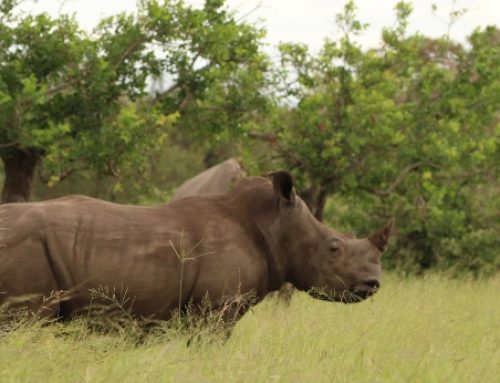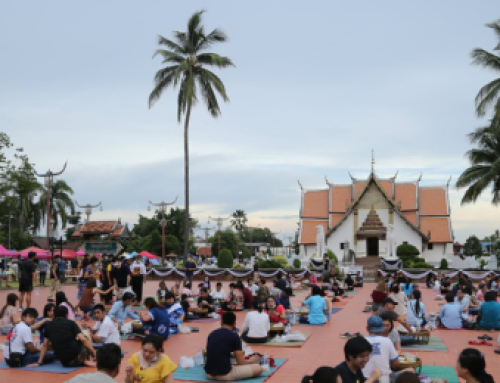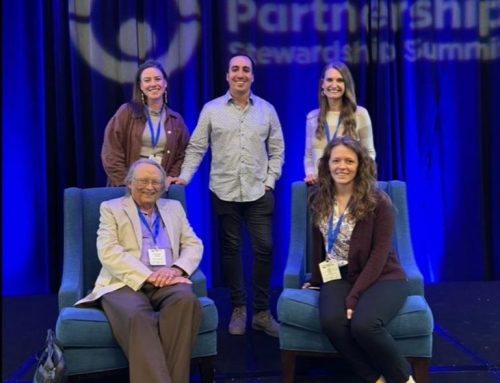Destination Stewardship Report – Summer 2022 (Volume 3, Issue 1)
This post is from the Destination Stewardship Report (Summer 2022, Volume 3, Issue 1), an e-quarterly publication that provides practical information and insights useful to anyone whose work or interests involve improving destination stewardship in a post-pandemic world.
To Market Stewardship, Use Local Voices
We last visited Sedona, Arizona in our Spring 2021 (Vol. 1, No.4) issue, to report on their plan for getting a handle on overtourism. It’s still a struggle. Here, Holly Prievo of GLP Films describes how a strategic video campaign that enlists local support and participation can shift a DMO from destination promotion to marketing stewardship – a model for any destination.
[Above: GLP’s trailer, “The Soul of Sedona” ]
Video Stories Feature Local People in Bid to Help Overrun Sedona, AZ
How can we widely communicate the need to preserve a remarkable destination suffering from overtourism without drawing more people to it?
In our 2021 work with Sedona, Arizona, that was exactly the question. GLP Films works with destinations to strategize and work toward sustainability goals using storytelling. Sedona, its community rife with resentment and its fragile ecosystem threatened by the feet of millions, was hoping to raise awareness about the consequences of irresponsible tourism through a video campaign deployed in a manner that could educate current visitors without leading to more.
These conflicting concerns make solutions for any single issue difficult, and certainly satisfying all would be a challenge. But it was clear that destination stewardship was needed to improve environmental & social conditions while upholding the local economy that is so heavily dependent upon tourism.
Our Process – The Missing Piece
Pursuing responsible destination management starts with community input. In the case of Sedona, getting the local community on board for any communication plan was imperative, as friction from tourism had made the local community critical of anything resembling marketing. The campaign was contingent upon raising the understanding of the benefits of tourism throughout the local residents, and bringing the community into the conversation to garner a sense of involvement, ownership, and pride for Sedona, not only as a magical landscape but as a destination that upheld environmental standards to protect it.
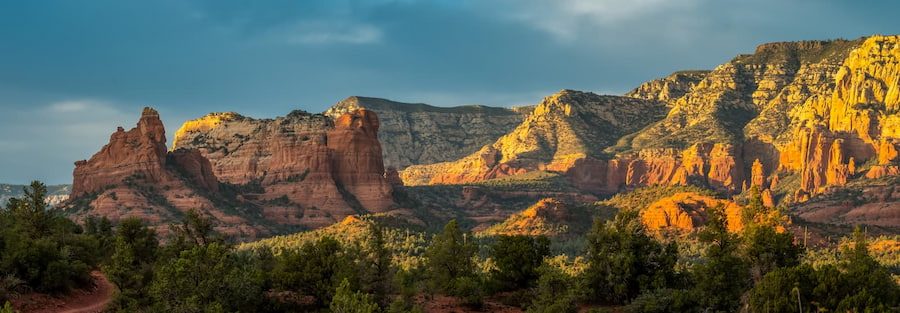
Sunrise over a Sedona landscape. [Photo courtesy of Jake Belvin]
Pre-Production
In order to find and select champions for the campaign, as well as get buy-in from the community, it was essential that our team made ourselves accessible and open up the lines of communication with the local community. Throughout the pre-production process, we solicited community input. Our scouting trip, community “town hall” meetings, and in-depth interviews with champions and local stakeholders uncovered concerns and informed the direction for the campaign.
Incorporating listening tools helped reduce misconceptions about the project, allowed community members to voice their concerns and have them addressed where possible, and become part of the conversation for a campaign that had everyone’s best interests in mind.
Post-Production
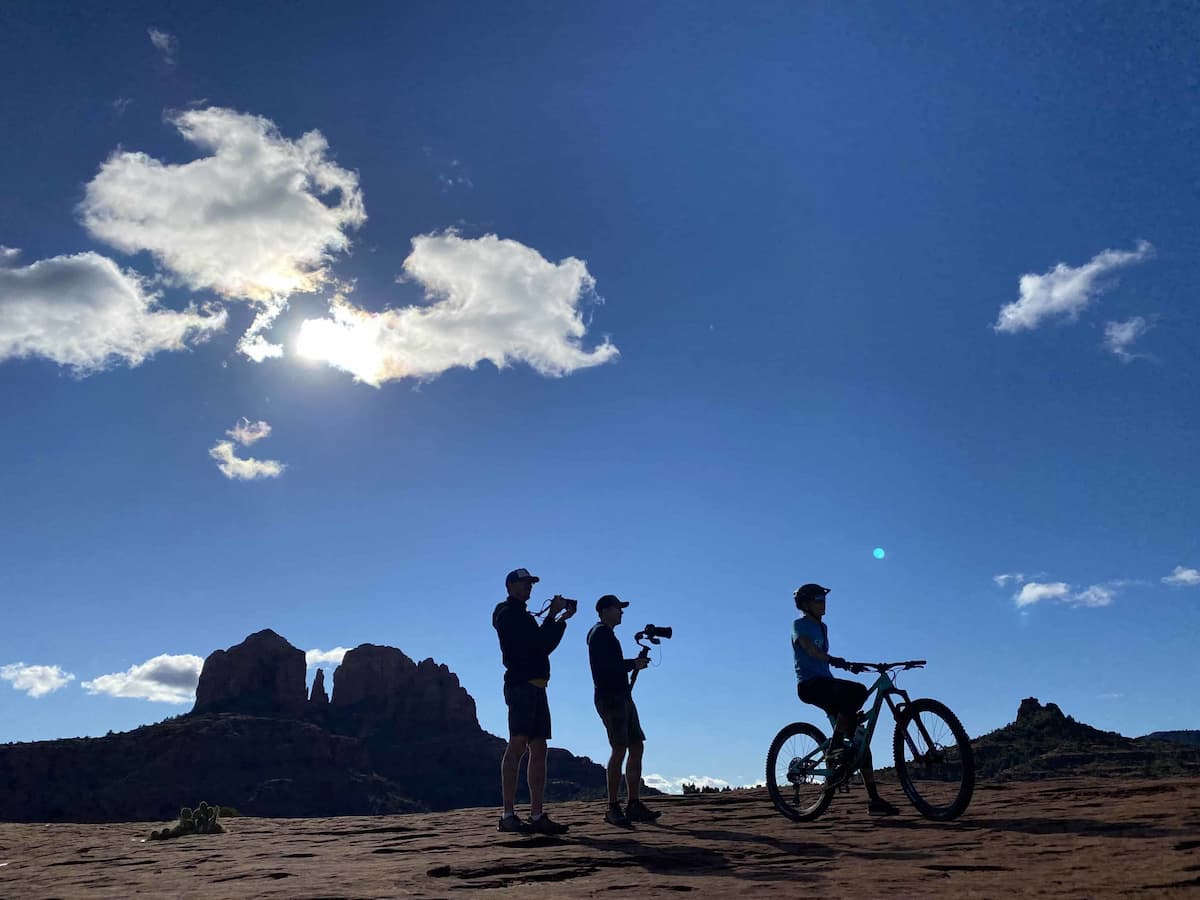
GLP works closely with local organizations like the Sedona Mountain Biking Academy. [Photo courtesy of Rob Holmes]
Responsible Deployment
This particular campaign was geared toward marketing stewardship, not the destination. In order to do this, our approach was centered on:
- Pulling in voices of the local community, instead of featuring visitors and travelers.
- Highlighting the emotional messaging and storytelling to invoke a sense of reverence, respect, and responsibility toward preserving the landscape.
- Promoting the campaign on location, specifically on hotel channels, or to those already booked to visit Sedona, instead of on travel platforms where the videos might encourage more bookings and visits.
Throughout our work with Sedona, we discovered that Sedona’s main problem was one of balance: an economy dependent on tourism in contention with an ecosystem compromised by too much of it and a beleaguered local community inconvenienced by it.
By pulling in locals, relying on their voices for an emotional lift for the campaign, and careful placement of the messaging and campaign assets, we were able to balance the varied and somewhat conflicting needs of the destination.
One element that could have made the campaign more successful, we believe, would have been documenting and measuring the sentiment of the community members pre-project to post-project. Although town halls and open communication were prioritized throughout the process, further qualitative analysis through surveys would have been helpful to measure the community’s perception of the campaign before and after, and ultimately, its effect on the local ecosystems and perception of tourism in the region.
Our final product consisted of three videos, two-to-three minutes each, focused on the three key drivers for tourism identified by Visit Sedona – outdoor recreation, spiritual transformation, and the arts.
For any given destination the cost for a video campaign is driven by many variables, starting with the budget of the film partner and then the scope of work, location, deliverables, schedule, and so on. Video is a powerful tool for education and beyond. It’s a medium that allows complex messages to be distilled and delivered compellingly using both audio and visual cues, creating an experience around the message, and showing instead of telling.
About the Author
Holly Prievo is a sustainability writer. She holds a master’s degree in global sustainability with a concentration in tourism.


